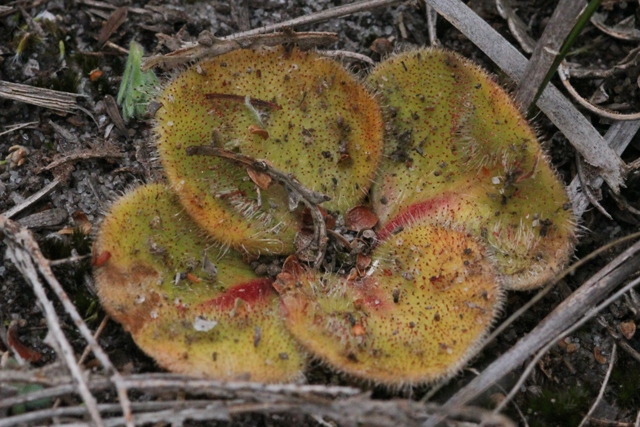Eltham, North Melbourne, Victoria, Australia
16 – 22.11.11
Soon after we arrived my eye was caught by something on a leaf of a ghost gum Eucaplytus papuana on the street right by where we were staying. It was a cluster of larvae on what remained of a leaf. Interesting.
After that I watched them regularly. They ate around the clock. When they finished a leaf they moved to a fresh one on the same branch and started feeding from the tip.
That particular tree seemed to have only one cluster, but another one up the road supported a much bigger colony, it was a different eucalyptus though. It also had a lot of galls.
So I took many pictures and to make things easier I selected just six of them.
 |
| Pictures of various Eucalyptus leaf beetle larvae |
Top row from the left:
- Very small larvae, first instar, clustering on a practically finished leaf.
- Medium sized larvae, second instar, on a bigger portion of a leaf.
- Same sized larvae, feeding around galls which were quite woody.
Bottom row from the left:
- Medium sized larvae plus a freshly moulted one being protected by another one.
- Medium sized larvae being attacked by a spider.
- Mature larvae, third instar, feeding on a galled leaf. Note their anal secretions.
Also they waved their tails around, this to avoid predators like tiny parasitoid wasps laying eggs on them.
Catching a spider attacking a larva during the night was rather exciting. There was another spider about too. The next day the larva was dead, and the rest of that cluster seemed to have vanished completely. Puzzling.
I never saw the eggs or the adults, and I just wish that we stayed longer so that I could follow them up. All rather frustrating; but perhaps I have got enough material for another traveller’s tale for the Bugclub?




































